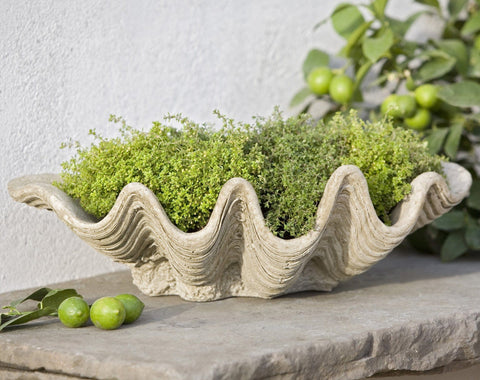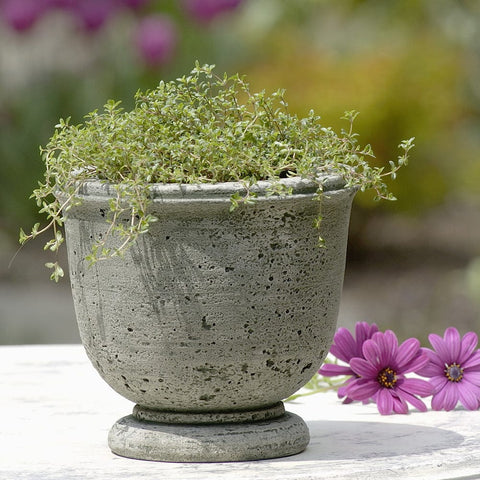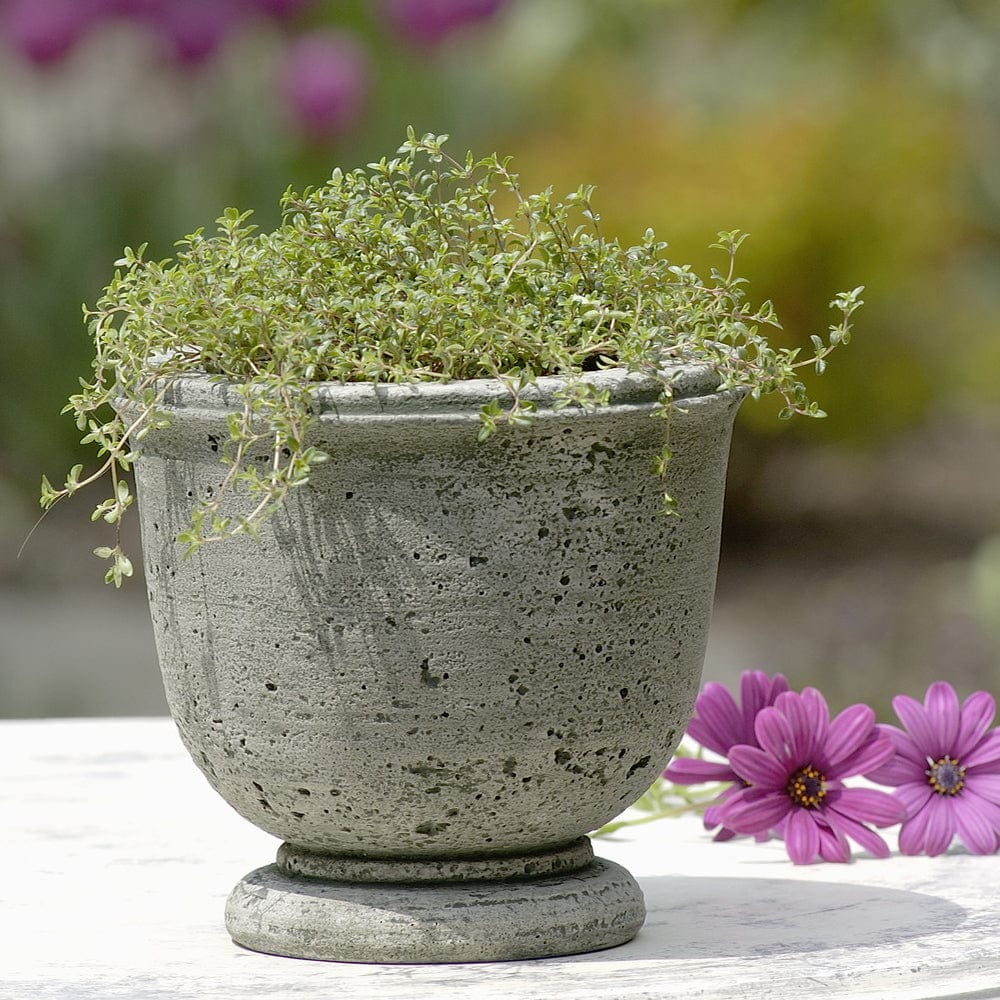Indoor plants are not just a passing trend. Their benefits, ranging from air purification to mood enhancement, have seen many people incorporate greenery into their living spaces. One of the most stylish ways to house these plants is in tabletop planters. With a plethora of options available, how does one choose the ideal tabletop planter? Let’s dive deep into the essential considerations and tips.
Finding Your Perfect Tabletop Planter Match
Tabletop planters, as the name suggests, are compact plant containers designed to sit comfortably on tables, countertops, desks, and other flat surfaces. Unlike larger, freestanding variants, these planters are perfect for displaying smaller plants and can easily be moved around, offering flexibility in decor.
1. Size and Proportion
The size of your tabletop planter should be proportionate to both the plant it houses and the space it occupies.
-
Space Dimensions: Begin by measuring the surface area where the planter will sit. An overly large planter might dominate the space, while a tiny one may look out of place.
-
Plant Growth: Consider the size the plant will grow to, not just its current size. Ensure the planter offers enough space for the roots to grow without becoming root-bound.
2. Drainage Essentials
The importance of good drainage can't be overstated.
-
Drainage Holes: These are critical in preventing root rot, a common problem caused by waterlogged soil. Opt for planters with built-in holes, or be prepared to drill your own.
-
Saucers or Trays: These are almost compulsory if your planter has drainage holes. They catch excess water and prevent damage to furniture. Ensure they fit snugly to avoid accidental spills.

3. Dive into Materials
Different materials offer varied aesthetics and practical benefits:
-
Ceramic and Porcelain: These materials are weighty and stable, with a vast array of designs and finishes. However, they can be fragile.
-
Metal: These give a sleek, modern vibe but can corrode over time, especially if in contact with soil and water. An inner lining or separate pot inside can mitigate this.
-
Plastic: They’re lightweight, affordable, and versatile in design, but they may fade or become brittle over time.
-
Wood: Offering a rustic appeal, wooden planters can be long-lasting if they're treated to resist moisture.
-
Glass and Terrariums: Perfect for specific plant types, they provide a clear view of the soil and roots, adding an educational dimension.
4. Aesthetic Nuances
The visual appeal of your tabletop planter will play a significant role in your overall room aesthetics.
-
Color Palette: Neutral shades like whites, blacks, and grays often fit seamlessly into any decor, while bolder colors can serve as statement pieces.
-
Texture and Pattern: These can be game-changers. A textured planter can add depth and character, while patterns can either complement or contrast with your existing decor.
-
Shape Dynamics: From traditional pots to avant-garde geometric designs, the shape can set the tone for the planter's visual impact.
5. Emphasize Functionality
Beauty is essential, but functionality is paramount.
-
Stability: Ensure the planter has a stable base, especially if it's on a high surface or in an area with foot traffic.
-
Ease of Access: If you need to move your plant to water it, ensure the planter is not too heavy or cumbersome.
6. Specific Plant Requirements
Plants, like humans, have their unique preferences.
-
Succulents and Cacti: These desert plants prefer dry conditions, so opt for shallow planters with excellent drainage.
-
Ferns and Tropical Plants: They thrive in humidity and benefit from deeper pots that retain moisture.
-
Herbs: These culinary treasures require good drainage and depth for their roots.

7. Budgetary Constraints
While it's tempting to splurge on a beautiful piece, setting a budget can help narrow down choices.
-
Quality vs. Price: Sometimes, spending a little more can get you a product that lasts significantly longer.
-
DIY: If you're crafty, consider personalizing a basic planter, giving it a unique touch while potentially saving money.
8. Maintenance and Longevity
Think long-term. How much maintenance are you willing to commit to?
-
Treatment: Materials like wood may require periodic treatments to maintain their appearance and prevent decay.
-
Cleaning: Some materials and designs may be harder to clean than others, collecting dust or allowing mold to grow.
9. Versatility and Innovation
In a world of innovation, some planters offer multiple functions.
-
Self-watering Systems: These systems provide plants with water as they need it, reducing the frequency of manual watering.
-
Multi-functional: Some planters double as storage containers, candle holders, or even art pieces.
Conclusion
The journey to choosing the perfect tabletop planter intertwines aesthetics with functionality. It's a delicate dance between personal taste, the needs of your plants, and the constraints of space and budget. With the considerations outlined above, you're well-equipped to make an informed decision, ensuring your plants have a beautiful home that complements your space.

